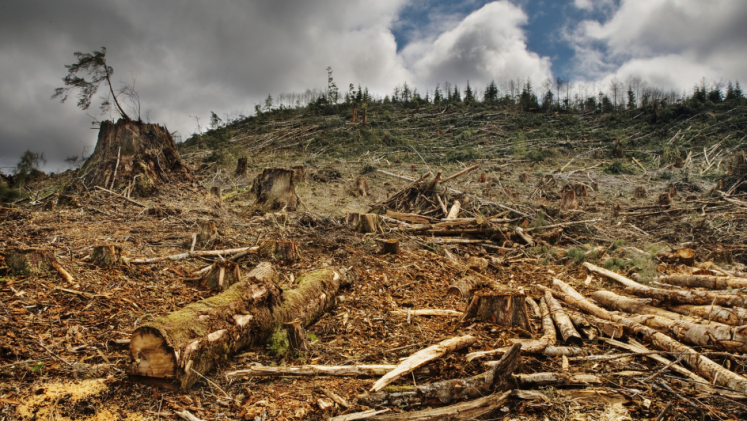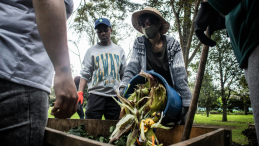Each year, there is a date that goes unnoticed by many, and yet, it marks the turning point in the global ecological calendar, highlighting the growing imbalance between human demand and the planet’s available resources. It is not a celebration, nor a memorial. It is Earth Overshoot Day, and in 2025, it falls on July 24.
The day is the result of a quantitative assessment that tracks when humanity’s use of natural resources exceeds what Earth can regenerate in a full year. From that point onward, the ecological services we use, from carbon absorption and timber to food and fibre, surpass what the planet is able to regenerate that year. It is a deficit we rarely see but constantly feel, for instance in biodiversity loss, in polluted air and oceans and in rising temperatures. With each passing year, the date tends to creep earlier.
What exactly are we measuring with Earth Overshoot Day?
At its core, Earth Overshoot Day is a simple but stark equation. The Global Footprint Network – the organization behind the calculations – compares how much the Earth can regenerate, also referred to as Earth’s biocapacity, to how much we take from the planet. The result of the divide of biocapacity by our demand is then translated into a calendar date. Everything after that day is ecological overdraft, meaning that from July 24 onwards, we are using more ecological resources than Earth can renew this year.
In the remaining part of the year, the air will still feel the same and the trees will still be standing. However, behind that stillness, we start borrowing from the future, for example by emitting carbon faster than Earth can absorb.
Why Earth Overshoot Day is a wake-up call for our future
When calculations began in 1971, Earth Overshoot Day fell on 29 December. The implications of the ecological imbalance occuring earlier every year are not just environmental, but also economic and social. When ecosystems are under pressure, vulnerabilities can emerge from disruptions of livelihoods to loss of territory and cultural heritage, as well as an increased exposure to climate-related risks.
Continuing on a trajectory like this, where the date of Earth Overshoot Day keeps moving up earlier in the year, is not necessary. Instead, we can use the day as a compass showing us where we are and where we need to go, as well as a reminder that there are opportunities to improve resilience. Efforts toward shifts in better environmental management, energy systems, food production and consumption, urban planning and resource efficiency could help reduce the global ecological footprint. In practical terms, such changes could delay Earth Overshoot Day.
The 2025 edition of the Interconnected Disaster Risks report discusses five fundamental changes we can make in our societies to reduce risk. For instance, we produce 2 billion tonnes of household trash every year, much of which is dumped in landfills or burned, polluting our environment. Included in this waste are finite resources that are being drained and cannot be replenished. Clearly, these actions not only harm our planet but also endanger the future availability of resources, while solutions are available. For instance, business models like zero-waste stores are phasing out unnecessary packaging, while entire communities are embracing zero-waste lifestyles by minimizing waste through composting, avoiding single-use items and making mindful consumption choices. One notable example is Kamikatsu, a town in Japan, where multiple zero-waste strategies have been implemented since 2003. This includes composting and separation of waste into 45 categories, allowing further reuse and recycling. The town has achieved an impressive recycling rate of around 80 per cent, far higher than Japan’s national average of 20 per cent.
There are voices that claim the calculations around the date of Earth Overshoot Day are too simplified. However, even within these constraints, the overall trend remains clear: human demand continues to exceed ecological capacities.
The date also serves as a reference point and an opportunity to consider how our decisions today shape ecological outcomes in the future. In line with two of the fundamental changes described in the 2025 edition of the Interconnected Disaster Risks report, Earth Overshoot Day invites us to reimagine the future and to realign with nature by restoring balance between human activity and ecological capacity. In this light, the timing is not just a marker on the calendar, but part of a broader conversation about how resources can be managed in a world that cannot provide endlessly.





